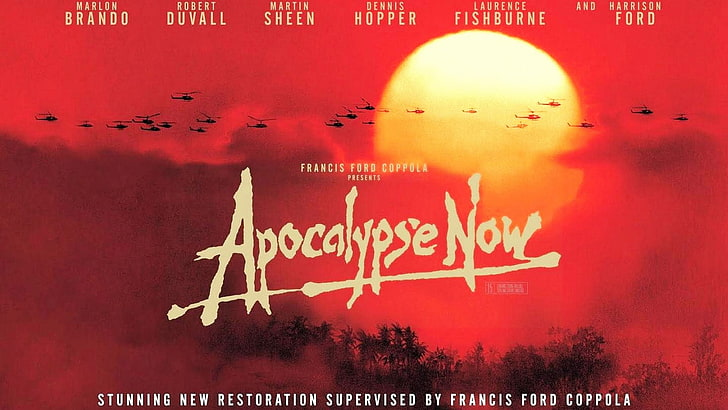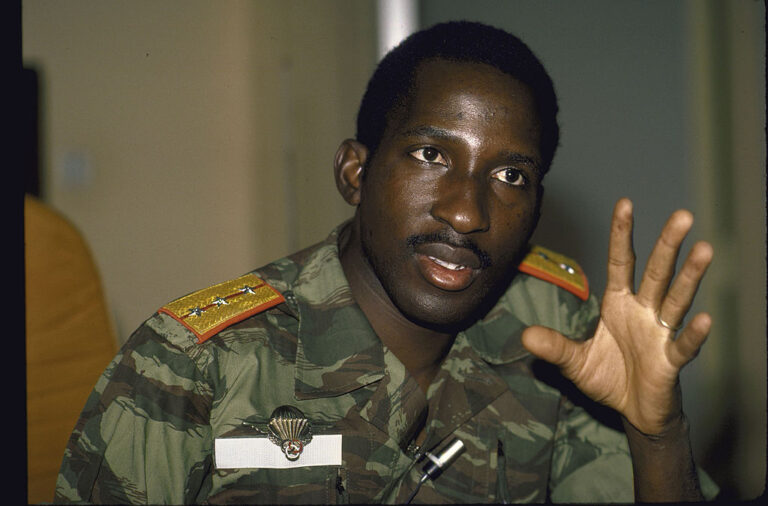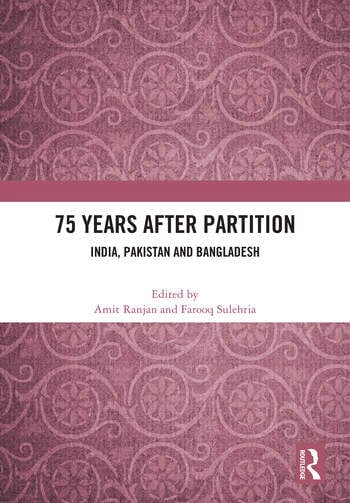
By Joseph Mathai and Sandeep Chachra
The slogan, Amar Naam Tomar Naam Vietnam (translated from Bengali as ‘My Name, Your Name, Vietnam’), emerged as a powerful expression of solidarity with the Vietnamese people during their struggle against US aggression. Popularized in India, especially in West Bengal during the 1960s and 70s, it symbolized a deep identification between ordinary people in the Global South and Vietnam’s fight for independence and justice.
The slogan captured the spirit that Vietnam’s battle was not isolated, but part of a shared global struggle against imperialism, colonialism and oppression. It became a rallying cry in protests, cultural programmes, and popular movements across India.
This year we are commemorating the 50th anniversary of 30 April, 1975, when Hugh Van Es, took an iconic photograph demonstrating the US failure in Vietnam. The visual shows crowds of people climbing a precarious ladder to try and get on to a helicopter parked on a roof top in Saigon. The scramble onto the helicopter captured abandonment, and a haunting end to a war marked by hubris, loss and disillusionment.
For members of the National Liberation Front and the North Vietnamese forces, the day was the triumphant culmination of decades of sacrifice, struggle, and unwavering belief in Vietnam’s right to independence. What they saw was not a city falling—it was a country finally reuniting, freed from foreign domination.
Ho Chi Minh, the revolutionary leader of Vietnam’s struggle for independence, and revered as ‘Uncle Ho’, symbolized Vietnamese resilience and unity. Although he died in 1969 before the war’s end, his vision of a reunified, independent Vietnam was realized in 1975.
His ‘Testament’, a significant political document he composed over several years, with the final version dated May 10, 1969 embodies the spirit of the struggle: “The war of resistance against US aggression may drag on. Our people may have to face new sacrifices of life and property. Whatever happens, we must keep firm our resolve to fight the US aggressors till total victory. Our mountains will always be, our rivers will always be, our people will always be. The American invaders defeated, we will rebuild our land ten times more beautiful. No matter what difficulties and hardships lie ahead, our people are sure of total victory. The US imperialists will certainly have to quit. Our Homeland will certainly be reunified. Our fellow-countrymen in the South and in the North will certainly be re-united under the same roof. We, a small nation, will have earned the signal honour of defeating, through heroic struggle, two big imperialisms—the French, and the American—and of making a worthy contribution to the world national liberation movement.”
Thus to the liberation force, the chaos seen amongst US personnel and their supporters symbolized the collapse of imperial arrogance. Entering Saigon would have been both exhilarating and solemn: a victory paid for by countless comrades’ lives, by villages razed, and by generations who had endured famine, bombings, and unimaginable hardship. Yet, it was also a hopeful moment—a vision of a new Vietnam, sovereign and whole, rising from the ashes of war.
After reunification in 1975, Vietnam positioned itself as a champion of anti-colonial and liberation struggles across the Global South. Drawing from its own history of resisting French and American imperialism, Vietnam offered political solidarity and, where possible, material support to movements in Africa, Latin America and Asia.
It actively supported liberation struggles in countries like South Africa, Namibia and Palestine, aligning with other socialist and newly independent nations to push for a more equitable international order. Vietnam also became an active voice within the Non-Aligned Movement, advocating for sovereignty, anti-imperialism, and economic justice for the Global South.
Ho Chi Minh and Vietnam’s determined struggle for independence became a powerful symbol for anti-colonial movements worldwide. Ho’s blend of nationalism, socialism, and disciplined mass mobilization inspired leaders like Nelson Mandela, Amílcar Cabral, and Che Guevara. Liberation movements in Africa, Latin America, and Asia saw in Vietnam’s victory the proof that even powerful empires could be defeated.
The Black Power movement in the US, anti-apartheid activists in South Africa, and revolutionaries in Angola and Mozambique drew strength from Vietnam’s example. Ho Chi Minh’s emphasis on perseverance, grassroots organizing, and international solidarity shaped global resistance to imperialism and colonialism.
India, reflecting its solidarity with Vietnam’s struggle for independence and Ho Chi Minh’s global stature as an anti-colonial leader, has named several streets after him. Notably, Ho Chi Minh Sarani in Kolkata (Calcutta) is a prominent street, located in the heart of the city’s diplomatic district. Originally named Harrington Street, it was renamed during the Vietnam War as a gesture of support for Vietnam’s fight against US intervention. Roads and landmarks bearing Ho Chi Minh’s name also exist in cities like New Delhi and Patna, symbolizing India’s historical admiration for his leadership and the spirit of anti-imperialism.
Today, 50 years later, what is the legacy of the Vietnamese victory?
Vietnam exposed the falsity of US foreign policy. The US sought to project its engagement in Vietnam as a direct extension of the Cold War’s global struggle between the capitalist West, led by the United States, and the communist bloc, led by the Soviet Union and China. American policymakers believed in the domino theory—that if Vietnam fell to communism, other Asian nations would follow—framing the conflict as essential to containing communist expansion. North Vietnam, supported by the Soviet Union and China, fought for national unification under socialism, while the US and its allies backed South Vietnam.
However, a review at the Cold War era will show, that the Soviet sphere of influence was geographically limited compared to that of the United States. The USSR’s direct control extended mainly over Eastern Europe (the Warsaw Pact countries) and parts of Central Asia, while it supported allied movements elsewhere.
In contrast, the US had a far larger global reach, dominating Western Europe (through NATO), Latin America, parts of Africa, the Middle East, and East Asia (like Japan, South Korea, and the Philippines). American military bases, economic power, and cultural influence stretched worldwide, making the US the more globally entrenched superpower.
After nearly a century of colonial rule, Vietnam’s struggle for independence culminated in a decisive victory over France at the Battle of Dien Bien Phu (1954). The Vietnamese forces, led by General Vo Nguyen Giap, surrounded and defeated a well-equipped French army, marking the end of French colonialism in Indochina.
The Geneva Accords (1954), signed in the war’s aftermath, temporarily divided Vietnam at the 17th parallel, with the communist-led Viet Minh controlling the North and a US-backed regime in the South. The agreement called for nationwide elections in 1956 to reunify the country, but the US and South Vietnam refused, fearing a communist victory.
Thus, instead of creating peace, the 1954 Geneva Accords only set the stage for American intervention, paving the way for another two decades of war. The US playbook used in Vietnam—regime change, puppet governments, and brutal counter-insurgency—was later repeated in many places, with similarly disastrous results.
However, after the loss suffered in Vietnam, the US avoided large-scale troop deployments for decades, opting instead for covert operations to further global influence, while avoiding public backlash. Thus, in 1973, the CIA-backed coup overthrew socialist President Salvador Allende in Chile, installing Augusto Pinochet’s dictatorship. US funded and armed the Contras against the Sandinista government (leading to the Iran-Contra scandal). And in El Salvador and Guatemala, supported Right-wing regimes in brutal counter-insurgency wars.
In Afghanistan, it funded and armed mujahideen fighters against Soviet forces, later contributing to the rise of Al-Qaeda. In Angola, it backed UNITA rebels against the Soviet-supported government. And in Iran, it supported Saddam Hussein in the Iran-Iraq war while secretly arming Iran (Iran-Contra).
The 9/11 attacks (2001) marked a turning point in American foreign policy, reviving large-scale military interventions under the banner of the Global War on Terror (GWOT). Unlike the covert operations of the post-Vietnam era, the US returned to direct invasions, prolonged occupations, and open-ended wars, reshaping global security dynamics.
According to the Costs of War project at Brown University, the Americans, post-9/11 wars in Iraq, Afghanistan, Pakistan, Syria, Yemen, and Somalia, have caused an immense human toll. The total number of deaths in these war zones—both direct and indirect—is estimated to be between 4.5 and 4.7 million and continues to rise. Of these, around 408,000 civilians are believed to have been killed directly by acts of war.
However, precise mortality figures remain difficult to determine due to the chaotic conditions and incomplete reporting across these conflict zones.
Fifty years later, as the US continues military interventions worldwide, Vietnam’s legacy reminds us that imperialism always meets its limits. The best way to honour this history is not just to remember it—but to learn from it and continue the fight against war and oppression today.
Indeed, every conflict hotspot bears my name, it bears your name! Amaar naam, tomaar naam, Vietnam, Vietnam!The writers are part of ActionAid Association. The views expressed are personal and do not necessarily reflect those of ActionAid Association.


